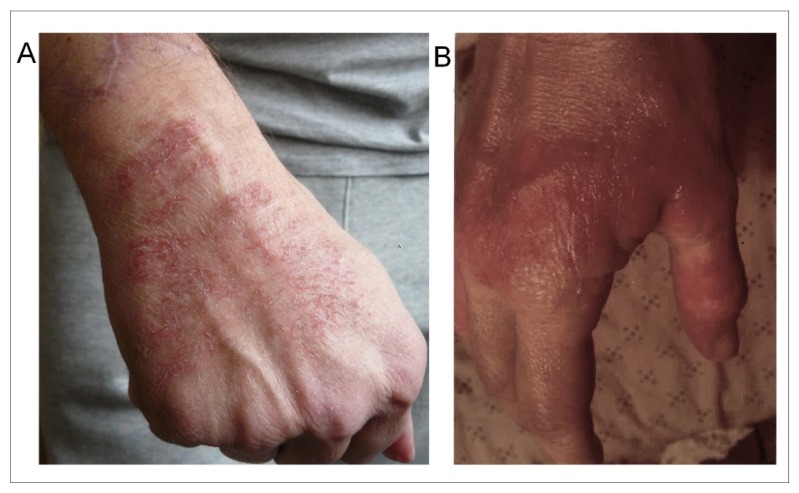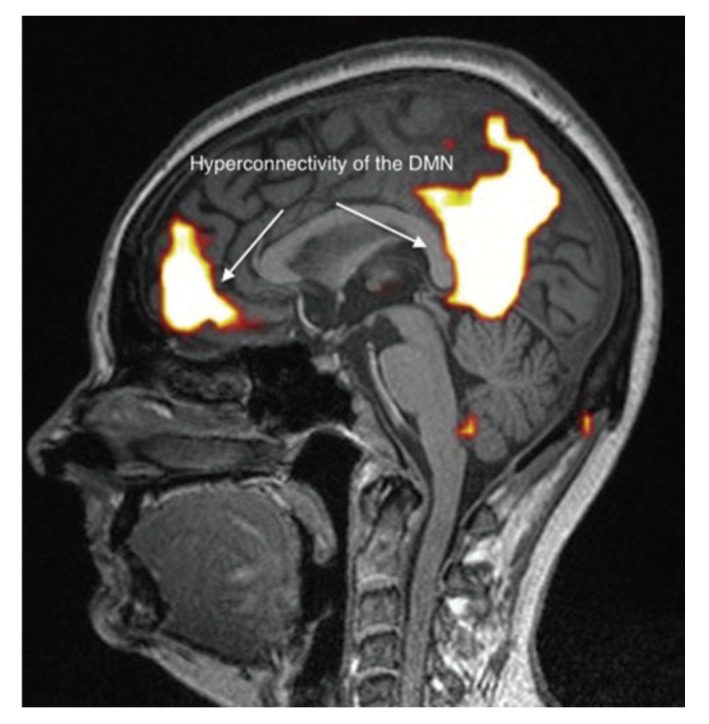- Dominique Belpomme , Philippe Irigaray 1
- news
- 2 likes
- 11823 views
- 0 comments
- Neurologic Pathological Disorder, Electrohypersensitivity
Dominique Belpomme, Philippe Irigaray
Since 2009, we built up a database which presently includes more than 2000 electrohypersensitivity (EHS) and/or multiple chemical sensitivity (MCS) self-reported cases. This database shows that EHS is associated in 30% of the cases with MCS, and that MCS precedes the occurrence of EHS in 37% of these EHS/MCS-associated cases.
EHS and MCS can be characterized clinically by a similar symptomatic picture, and biologically by low-grade inflammation and an autoimmune response involving autoantibodies against O-myelin. Moreover, 80% of the patients with EHS present with one, two, or three detectable oxidative stress biomarkers in their peripheral blood, meaning that overall these patients present with a true objective somatic disorder.
Moreover, by using ultrasonic cerebral tomosphygmography and transcranial Doppler ultrasonography, we showed that cases have a defect in the middle cerebral artery hemodynamics, and we localized a tissue pulsometric index deficiency in the capsulo-thalamic area of the temporal lobes, suggesting the involvement of the limbic system and the thalamus.
Altogether, these data strongly suggest that EHS is a neurologic pathological disorder which can be diagnosed, treated, and prevented. Because EHS is becoming a new insidious worldwide plague involving millions of people, we ask the World Health Organization (WHO) to include EHS as a neurologic disorder in the international classification of diseases.
Keywords: O-myelin; electrohypersensibility; electromagnetic fields; extremely low frequency; histamine; inflammation; melatonin; multiple chemical sensitivity; neurologic disease; oxidative stress; radiofrequency.
Conflict of interest statement
The authors declare no conflicts of interests. The funders had no role in the design of the study; in the collection, analyses, or interpretation of data; in the writing of the manuscript, or in the decision to publish the results.
Article de National Library of Medicine - National center for Biotechnology information

Examples of skin lesions observed on the hand of an EHS-bearing patient (A) and of an EHS/MCS-bearing patient (B). (Photographs are issued from the database).

Abnormal functional MRI brain scan in patients complaining of EHS after long-term exposure to EMF, according to Reference [31].

Comments (0)